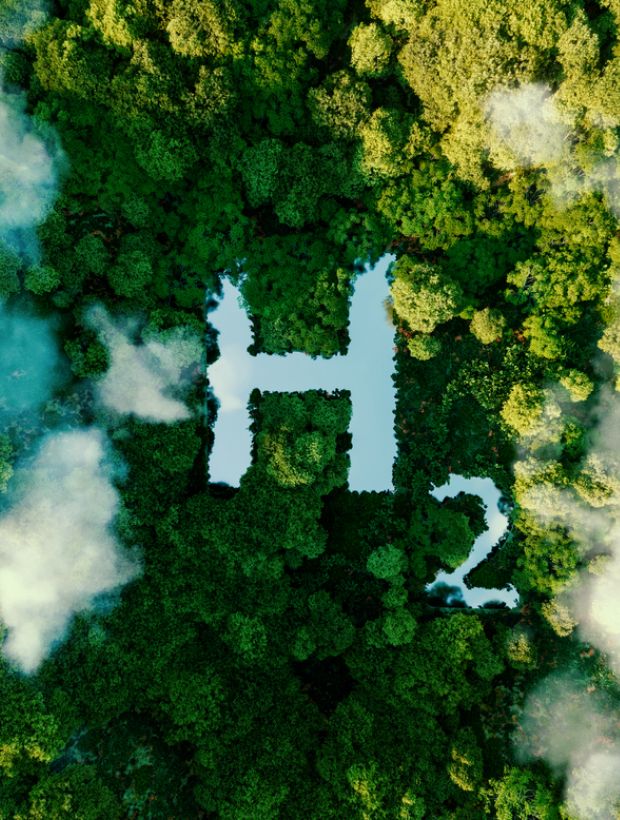Energy Storage and Hydrogen
The LEI team recognizes that technological innovation, R&D, energy transition, and policies designed to mitigate the impact of climate change have accelerated the adoption of new business models. These new ways of operation have introduced opportunities to improve the resilience of our infrastructure, improve efficiency, transition to low-carbon fuel, and decarbonize our economy.
LEI works with both public and private sector clients to navigate challenges, understand new market trends, and seize opportunities associated with existing and future market transformation. We combine our deep experience across the utilities, power, natural gas, and renewables industries with our expertise in market and policy design to assist clients on various issues. These range from developing strategies for transitioning toward zero emissions fuel (such as renewable hydrogen) to deploying energy storage systems for improved grid reliability to advising on regulatory constructs that carve out a designated role for hydrogen in decarbonization strategies.
Hydrogen Economy 101
“Hydrogen economy” is a term used to convey the vision of hydrogen playing a critical role in addressing power and energy needs across the key sectors of the economy. By assuming such a pivotal energy carrier role, hydrogen is expected to become a key tool to significantly reduce carbon emissions on a pathway to limiting global warming under 2°C. Hydrogen is a versatile fuel with multiple use cases. It can serve as input in the production of electricity (when reacting with oxygen) or heat (residential heat), or as a sustainable, zero-emission fuel for use in transportation. Hydrogen is also used as a direct input in industrial processes, such as in fertilizer production or oil refining.
Hydrogen can be produced from diverse sources ranging from fossil fuels to renewable energy. Primary pathways for hydrogen production include steam methane reforming (SMR), electrolysis (water splitting), gasification, or pyrolysis. Different types of hydrogen are classified as follows:
- Hydrogen produced via electrolysis is known as renewable hydrogen or green hydrogen, so long as the power used to enable the electrolysis is sourced from renewables.
- When the power supplied for the electrolysis process is sourced from nuclear resources, the product is referred to as pink hydrogen.
- Fossil-fuel-based SMR is the most common pathway of production. Hydrogen produced this way is known as grey hydrogen unless the facilities are augmented with Carbon Capture Utilization and Storage infrastructure (CCUS), in which case the product is called blue hydrogen.
- Other processes through which hydrogen can be produced include direct production from biomass or waste-stream resources.

LEI was engaged by an energy developer to develop a model to evaluate the merchant revenue streams (value stack) of a battery energy storage system. The engagement involved developing a versatile and dynamic modeling tool capable of estimating potential revenues originating from a wide variety of sources, including energy market arbitrage, selling various ancillary service products (such as regulation reserve, spinning reserve, etc.), capacity revenue in markets that renumerate provision of capacity, and other potential sources of income. The model was designed to analyze how participating in different revenue streams impacts the profitability of the storage system, and to evaluate existing trade-offs using different bidding strategies.
Similar engagements have been carried out for numerous transmission projects across New England.
